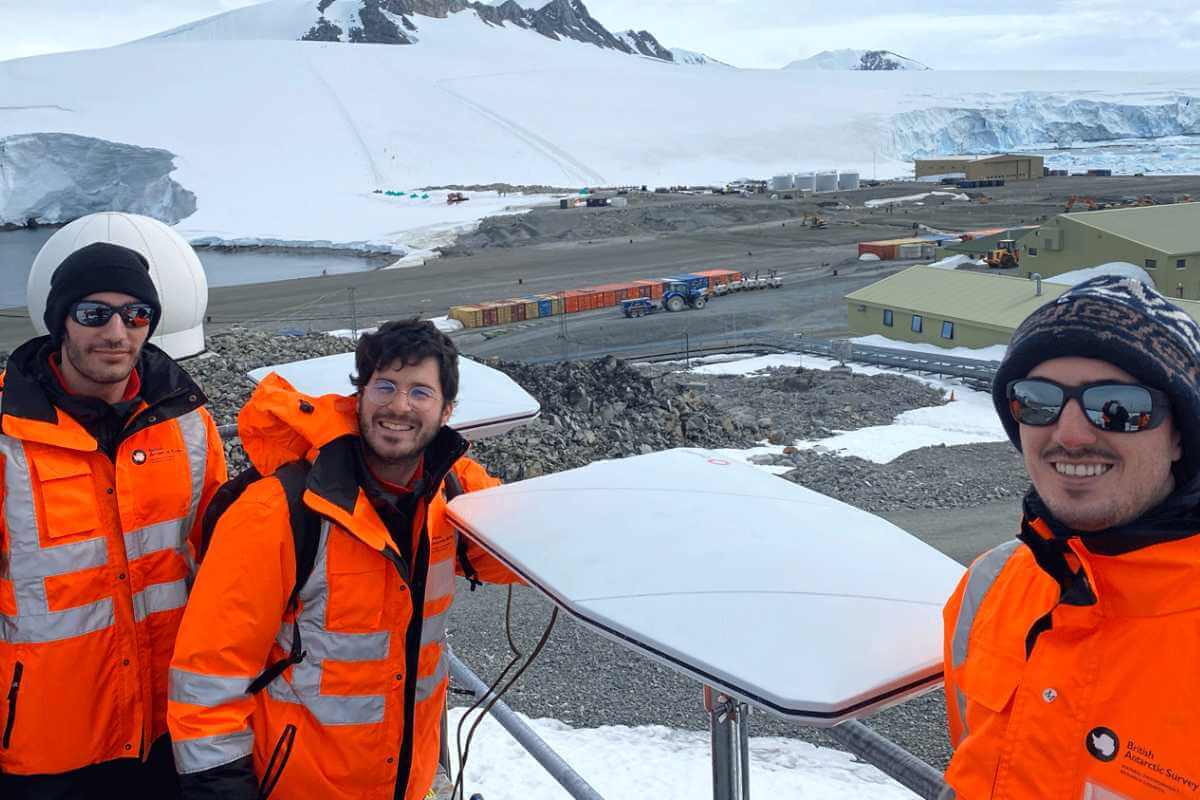
Eutelsat Group announced that it has launched Low Earth Orbit (LEO) services in Antarctica for the British Antarctic Survey (BAS), enabling high-speed internet services. Launched in January 2024, the service provides connectivity to the BAS-operated Rothera Research Station in Antarctica, OneWeb said this week.
Also Read: MTS Russia Deploys Mobile Network in Antarctica
Enhanced Connectivity
Previously, BAS-operated research stations in Antarctica were limited to sluggish internet speeds of 1-5 Mbps in both uplink and downlink. However, Eutelsat OneWeb's services are set to deliver increased data rates of up to 120 Mbps, significantly enhancing reliability and connectivity for scientific endeavours.
Also Read: Entel Chile Brings 5G Connectivity to Antarctica
Innovative Technology
To deliver services to the Antarctic region, Eutelsat OneWeb said it has developed a proprietary system named TALARIA after the Latin word used to describe the 'winged sandals' of Mercury, the God of communication.
Eutelsat OneWeb said, "This has been an exciting opportunity to create an entirely new remote connectivity system for Antarctica from concept to delivery within 18 months."
Global Collaboration
This system includes a ground station in Chile and a user terminal installed 1,000 miles away at the Rothera Research Station in Antarctica. The technology, developed in collaboration with partners such as the European Space Agency (ESA), Comtech Telecommunications, and Cobham Satcom, aims to meet the high data usage demands of scientific research activities and the connectivity needs of station personnel.
Also Read: Telenor Launches Base Station at Norwegian Polar Institute in Antarctica
Eutelsat OneWeb said this connectivity will allow scientists to better conduct their day-to-day activities by facilitating real-time support from scientific, technical, or health teams around the world, while also providing vital connectivity to help improve the welfare of the scientists outside of working hours.















